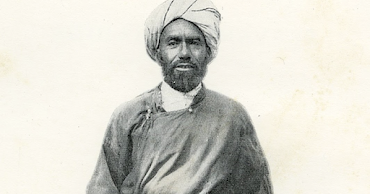IAF Heavy Freighter Problem, Part 2 – Shift C-17 Production Line to India

IAF currently operates 11 C-17 Globemaster IIIs. In 2010 it ordered 10 of these behemoths under a Very Heavy Lift Aircraft tender. In 2011, the IAF and Boeing agreed on terms for the order of 10 C-17 Globemaster IIIs under a US$ 4.1 billion deal, with an option to buy 6 more. However, some reports say IAF was duly informed by Boeing that the aircraft production line was slated to be closed soon, so if they wished to exercise an option to order 6 more aircraft, they needed to do it soon. So, in 2012 or 2013 IAF reported firmed up plans to buy 5 more of these jets. But unfortunately, due to unfavorable economic conditions, the government didn’t give a go-ahead. So, when the government changed in 2014 the IAF hoped the deal will go through. But for unknown reasons, the new government sat on the proposal. Even after repeated requests by Boeing, the deal for 5 more jets couldn’t be taken forward. So ultimately after waiting endlessly for India to give orders for 5 more C-17 Globemaste...


